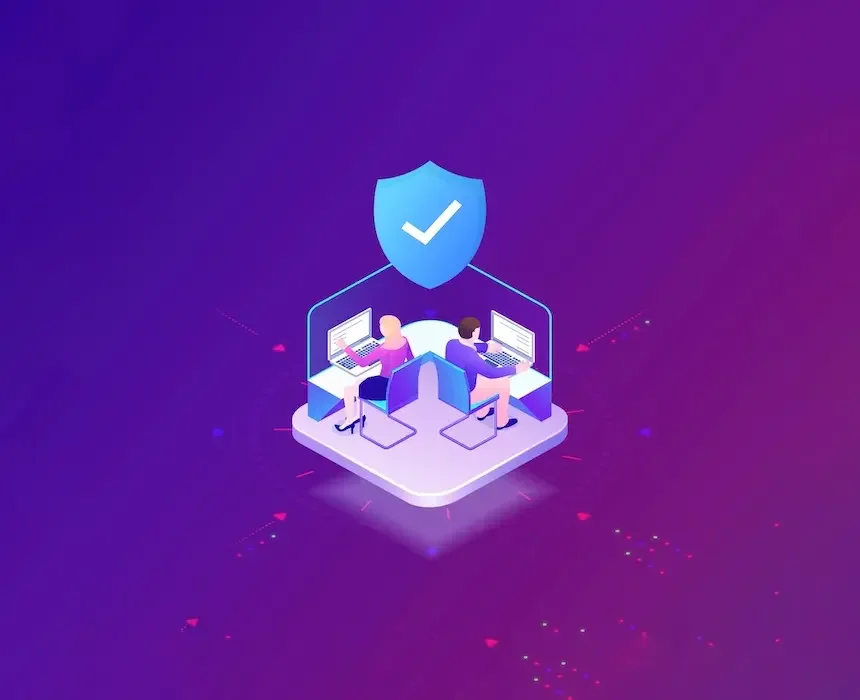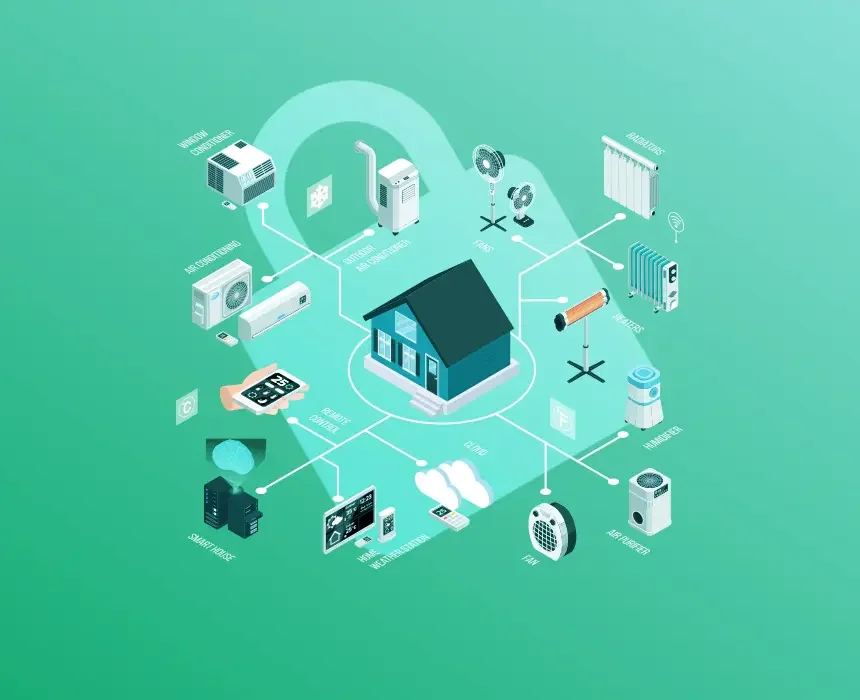
With the ever-increasing rise in cyberattacks across the globe, cybersecurity has now become a serious concern for businesses of all sizes. Cisco's latest survey, "Big Security in a Small Business World: 10 myth busters for SMB security" says that small to midsize businesses (SMBs) face the same challenges as big companies. SMBs tend to be easy launch pads for cybercriminals, for they do not have the resources and infrastructure similar to corporates. They often have lesser security layers compared with larger companies. The impact of a cyberattack can turn to be devastating for SMBs as a majority of their operations could be stunted by the attack.
With the COVID 19 pandemic affecting businesses across the globe, SMBs are one among the most impacted business segment. The rapid shift of their operations from workspaces to homes without adequate infrastructure and resources have exposed them more to cyber-attacks. Managing and securing their networks has now become a top priority of most of the SMBs.
SMBs run on limited resources and they might not have the budget to implement expensive and complex security measures. Thus, the task of ensuring cybersecurity tends to be on the shoulders of an individual or a small network management team. However, it is high time that the SMBs implement basic mitigation plans right from the employee level, like providing appropriate training, and regularly updating software products used across the organization. Small businesses should treat cybersecurity among their top three business priorities. Here we are putting out a checklist, which could be used as general guidelines to ensure cyber-safety for small and mid-sized organizations.
It is important that organizations, big or small should follow the best practices to ensure cyber security. The following checklist will help them thwart attackers from accessing their company’s network and mitigate their cyber-attack exposure.
The shift from traditional office working to remote working poses more risks to SMBs. Use of personal devices and Wi-Fi are now integral part of routine working. It is essential to maintain an optimal balance between the risk and prevalence of personal devices and remote working. A clear Bring Your Own Device (BYOD) policy should be in place to ensure best security practices and maintain a high level of security on every device that access company network or resources.
Employees should be trained about the need of updating their devices, identifying phishing attempts and scams. They should be aware of the procedures for flagging concerns. Likewise, it is important to educate them about the necessity of strong passwords and use of password management tools. Employees should be encouraged to enable two-factor authentication or multi-factor authentication for every possible device or service.
A business VPN can help SMBs to limit network access to their employees, partners and other authorized people. Setting up a VPN for business enables employees to securely access resources on their business network while working remotely or travelling. It also ensures that your sensitive business data is well protected and prevents data snooping even if the employees use public Wi-Fi. A VPN, with an embedded multi-factor authentication setup would be an ideal choice to provide an additional layer of security for businesses.
Cybersecurity experts recommend firewalls as essential for SMBs. It guards their devices and networks against the threats spread across the internet. While traditional firewalls help to control traffic on the basis of port and protocol information, modern firewalls have better screening and reporting abilities and are sometimes capable of automatically responding to security threats to isolate and clear out affected systems.
Embedding cybersecurity policies in an organization’s business culture is relevant at this point in time. A cybersecurity policy describes the technology and information assets that a company, its employees and authorized users should protect and it identifies the potential threats to such assets. The policy should describe the privileges, limitations and responsibilities of each user. It should also inform the penalties for the violation of the cybersecurity policy. A well-documented cybersecurity policy with a proper plan, schedule and checklist can ensure that the processes are implemented on time. It will also empower staff of their responsibilities.
Reviewing user access rights minimizes the risk of compromising sensitive data. This is relevant to safeguard the data from former employees, contractors or temporary staff. Absence of proper access restriction can result in unauthorized information access or disclosure, malicious attacks against resources, data leakage or installation of malicious code. An appropriate user access review will minimize the number of possible routes to critical data. Access should be restricted to only those who require it and should be revoked once their role changes.
Sometimes, even after taking adequate precautions, there are still chances of a successful attack on your network. Ransomware attacks have now become a commonplace problem for businesses and could sometimes cost a fortune get the data back. To deal with a possible attack, regular backups should be done and stored at offline locations. This can save a lot of headache recovering from an attack. Also, in general, data backups are themselves a good practice even beyond a cyber or ransomware attack.
Studies shows that the cause of one in three breaches in SMBs is unpatched vulnerabilities. Organizations should proactively identify and test the flaws and deploy corresponding patches. This can serve as the first step to defend cyber-attacks. You need to identify your high risk exposures and patch the applications based on its relevance to the business. Any system that cannot be mended should be isolated from other patched systems. Make sure that the software on every device in your organization is up-to-date so that it is insulated against the latest vulnerabilities. Appropriate server maintenance is another major aspect to be checked on. Attacks like distributed denial-of-service (DDoS) can even result in the complete shutdown of your vital servers.
With the increasing frequency of cyber-attacks on businesses, SMBs should have a proper multi-layered security strategy to counter cyber-attacks. In most cases SMBs are prone to attacks because they do not have comprehensive security strategy. Having a proper strategy at place and creating adequate employee awareness should be a top agenda.

The COVID-19 pandemic has compelled businesses to adapt their traditional practices and adopt work-from-home as a new standard. That increased the need for business VPN solutions, to provi…
11 November 2022
Businesses often set up their own VPN as they serve as a crucial network security tool for protecting network resources and business applications. Also, individual users who need more control over th…
29 August 2022
A router is perhaps the most important gadget in any modern-day home. It controls access to your home Wi-Fi network that is used by all Wi-Fi-enabled devices such as mobile phones, laptops, and …
05 February 2021